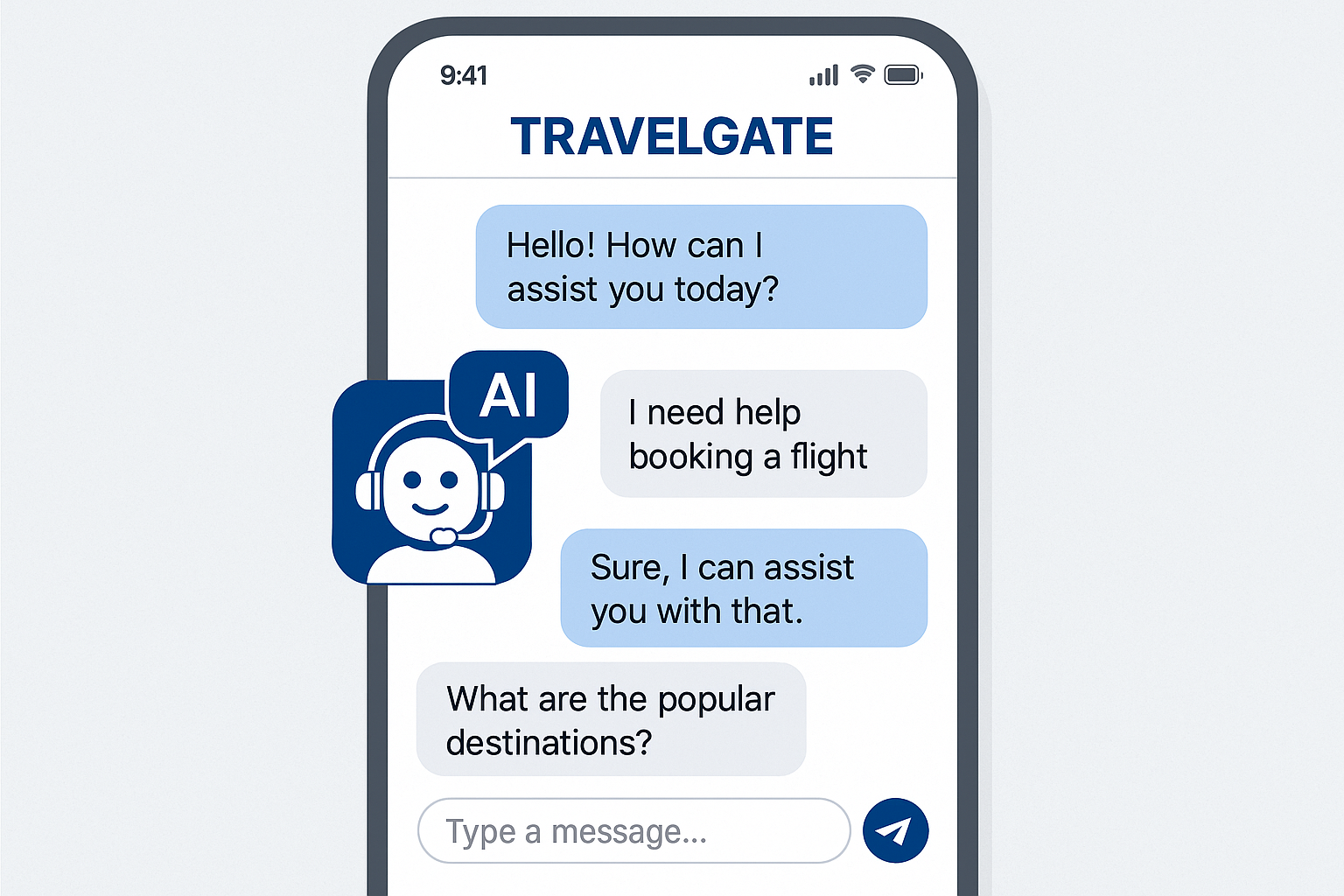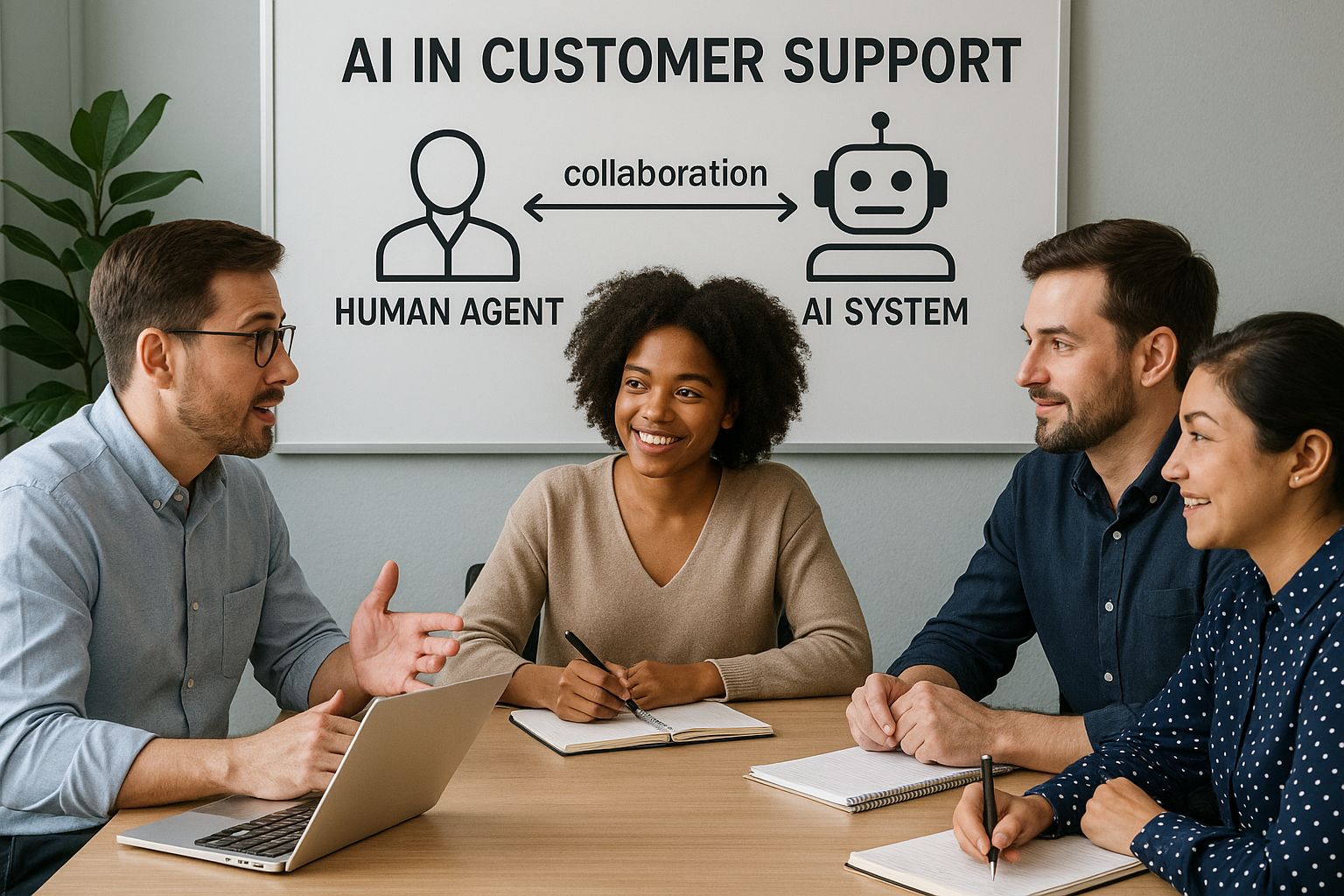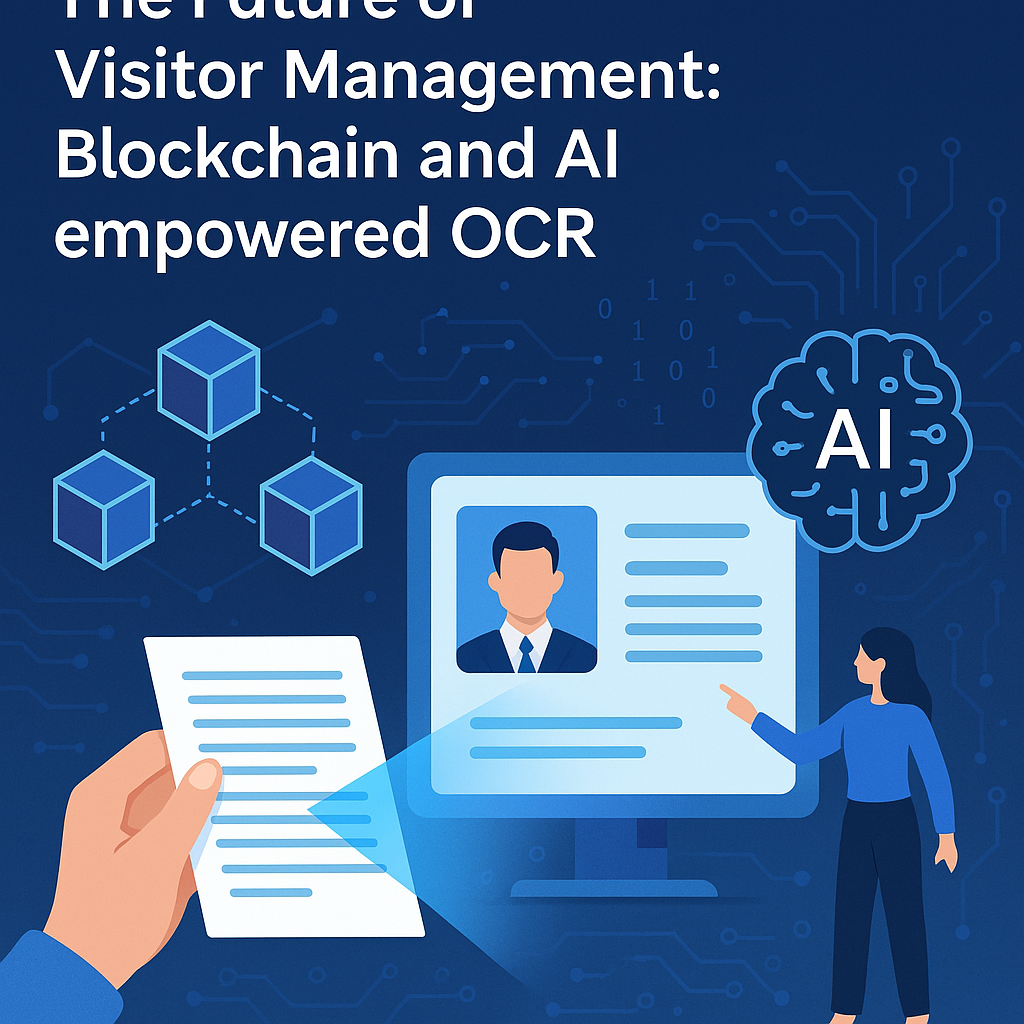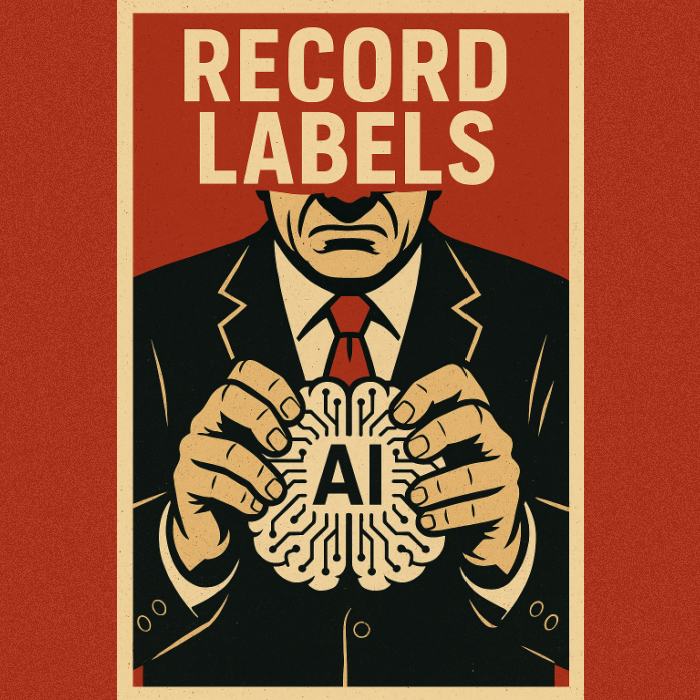
Redefining Customer Care at Travelgate: Our Journey to AI-Driven Support
In today’s fast-paced world, customer expectations are constantly evolving, making it crucial for companies to adapt their support strategies. At Travelgate, we've embarked on a transformative journey to redefine customer care through advanced AI systems, driven by GPT-5 technology. This article details our experiences, lessons learned, and how AI solutions have revolutionized our customer support while enhancing user satisfaction and operational efficiency.
Dev Orbit
July 19, 2025
Understanding the Current Landscape of Customer Support
Customer support has always been a fundamental aspect of delivering exceptional service, especially in the travel industry, where variables can change rapidly. Traditionally, customer support has relied heavily on human agents to handle inquiries, resolve issues, and provide necessary information. However, with rising expectations for 24/7 service and immediate support, many organizations find it challenging to scale their operations effectively.
The entry of AI technologies, particularly generative models like GPT-5, has opened new avenues for improving customer service. These models aren't just providing automated responses; they can understand context, engage in meaningful conversations, and continuously learn from interactions to enhance performance. Implementing such advanced solutions is not a mere trend; it’s pivotal for organizations aiming to stay competitive.
Through our journey, we have realized that leveraging GPT-5 capabilities can allows us to provide unprecedented support levels, allowing agents to focus on more complex tasks while AI handles routine queries. This article delves into our journey towards integrating AI into our customer support systems, exploring our setbacks, breakthroughs, and the impact of these changes on user experience and operational efficiency.
The Challenge: Customer Expectations vs. Service Capabilities
Before our transformation journey, we encountered significant challenges in meeting customer expectations. Frustration from prolonged response times, inconsistent information, and limited availability were common complaints. For example, during peak travel seasons, our support lines were often flooded, leading to longer wait times and lower satisfaction ratings.
Recognizing these pain points, we undertook a comprehensive analysis of our customer support operations. Our findings highlighted several areas needing improvement:
Slow Response Times: Customers frequently experienced delays in obtaining answers to their questions, creating frustration and dissatisfaction.
Inconsistent Information: Various agents often provided conflicting information on the same issues, leading to confusion and a lack of trust in our service.
Limited Availability: Operating hours restricted our ability to serve customers in different time zones effectively.
Realizing that these issues could alienate our customers, we decided to explore AI-driven solutions, particularly focusing on how models like GPT-5 could alleviate these pain points through natural-language processing and machine learning abilities.
Our Vision: Embracing AI for Enhanced Customer Interaction
Our vision for integrating AI into our customer support framework concentrated on creating a seamless experience that prioritizes customer satisfaction. After extensive research and testing, we acknowledged that GPT-5 could facilitate a multi-faceted approach toward user interactions, leading to efficient support resolution processes.
We established goals alongside our team of developers and AI engineers, focusing on:
Real-Time Support: Implementing AI-driven chatbots for instant responses to common inquiries.
Data-Driven Insights: Utilizing AI to analyze customer interactions, providing analytics on frequent issues and feedback.
Continuous Learning: Ensuring the AI learns from every interaction, refining its responses over time.
To kickstart our transformation, we conducted extensive training sessions on GPT-5 capabilities, aligning our workforce on the AI’s functionalities, strengths, and how it could enhance our current systems. This preparation was crucial in ensuring a smooth integration process.

Implementation: Strategies for a Successful AI-Driven Solution
The implementation phase of our AI customer support involved several strategic steps. We wanted to ensure that our transition was smooth and did not disrupt existing customer service operations. Here are the key components of our implementation strategy:
Prototype Development: We started by creating a prototype AI chatbot that was integrated with FAQs and common customer queries. This enabled us to test the effectiveness of our AI model before a full rollout.
Pilot Program: A limited launch allowed us to gauge the AI’s performance in real-world scenarios, iterating on feedback received from both customers and customer service representatives.
Feedback Loops: Establishing feedback mechanisms enabled us to monitor the AI’s performance, ensuring it continuously improved based on real-time interactions.
Agent Collaboration: Integrating AI support allowed human agents to access comprehensive AI-generated responses, enabling them to handle complex queries more effectively.
Rolling out the AI system across our support framework led to immediate results. During the pilot phase, we noted a drastic improvement in response times, with **average answer times dropping by 50%**. This not only led to increased user satisfaction but also reduced the strain on our human agents, allowing them to manage more complex cases with greater efficiency.

The Outcomes: Enhanced Efficiency and Customer Satisfaction
The results of implementing our AI-driven customer support solutions were nothing short of impressive. After the full deployment of our AI-enhanced system, we saw remarkable changes in various performance metrics:
Increased Response Speed: Average response wait times decreased significantly, now averaging just a few seconds for common inquiries, providing instant resolutions for frequently asked questions.
Improved Customer Satisfaction: Customer satisfaction scores improved more than 35%, leading to positive feedback and improved loyalty.
Knowledge Base Expansion: Our AI’s ability to accumulate knowledge from interactions meant customers could access increasingly accurate answers over time, leading to the establishment of a robust knowledge base that benefitted everyone.
Cost Reduction: By automating routine queries, we reduced operational costs associated with customer support by approximately 20%.
One notable success story involved a customer trying to modify a travel itinerary, an intricate request that typically required human oversight. The AI bot, utilizing previous data on the customer’s account alongside comprehensive travel rules, managed to respond with precise modification options within seconds. This left the customer feeling valued and satisfied, showcasing AI’s capability to facilitate positive engagement.
Bonus/Advanced Tips for Implementing AI-Driven Customer Support
As we embarked on this journey, we learned several valuable lessons and best practices that enhance AI-driven customer support implementations. Here are our final recommendations for organizations looking to adopt similar solutions:
Set Clear Objectives: Define clear KPIs for what success looks like in your AI implementation. Whether it’s response times, ticket resolutions, or overall customer satisfaction, tracking measurable outcomes ensures that AI adaptations meet organizational goals.
Emphasize Human-AI Collaboration: It’s crucial to realize that AI can't replace human touch in customer service but can instead augment it. Foster a workflow where AI assists human agents rather than merely replacing them, thereby leveraging each party's strengths.
Create Comprehensive Training Programs: Equip your team with knowledge about how AI functions, including troubleshooting techniques. This ensures that agents can effectively manage AI interactions and interpret AI-generated data.
Prioritize Security and Privacy: Understand the data privacy regulations relevant to your industry and ensure your AI solutions comply with them. Implement necessary security measures to protect customer data and build trust.
Iterate Based on Feedback: Continuously collect feedback from customers and agents alike to improve AI responses. AI technology inherently evolves; staying adaptive is crucial in maintaining relevance and efficacy.
Conclusion
The journey to integrating AI-driven solutions in customer care at Travelgate has led us to redefine our approach to customer support fundamentally. By addressing major pain points and utilizing GPT-5's advanced capabilities, we've achieved significant improvements in efficiency and customer satisfaction. Our experiences highlight the transformative potential of AI in elevating customer support services to meet modern expectations. We encourage other organizations to explore similar paths, embracing technological advancements to provide meaningful support for their customers. We welcome discussions, comments, and shared experiences that enrich our understanding of AI in customer service!

Enjoyed this article?
Subscribe to our newsletter and never miss out on new articles and updates.
More from Dev Orbit

Top AI Tools to Skyrocket Your Team’s Productivity in 2025
As we embrace a new era of technology, the reliance on Artificial Intelligence (AI) is becoming paramount for teams aiming for high productivity. This blog will dive into the top-tier AI tools anticipated for 2025, empowering your team to automate mundane tasks, streamline workflows, and unleash their creativity. Read on to discover how these innovations can revolutionize your workplace and maximize efficiency.

🕵️♂️ Mastering Stealth Web Scraping in 2025: Proxies, Evasion and Real-World Techniques
A 2025 Guide to Evading Bot Detection with Playwright, Proxies and Human-Like Behavior

How to Write an Essay Using PerfectEssayWriter.ai
Have you ever stared at a blank page, overwhelmed by the thought of writing an essay? You're not alone. Many students and professionals feel the anxiety that accompanies essay writing. However, with the advancements in AI technology, tools like PerfectEssayWriter.ai can transform your writing experience. This article delves into how you can leverage this tool to produce high-quality essays efficiently, streamline your writing process, and boost your confidence. Whether you're a student, a professional, or simply someone looking to improve your writing skills, this guide has you covered.

9 Powerful Reasons Why NestJS Beats Other Backend Frameworks in 2025
NestJS is revolutionizing how developers approach backend development in 2025. With built-in TypeScript support, modular architecture and first-class microservices integration, it's more than just a framework—it's a complete platform for building enterprise-grade, scalable applications. Discover why NestJS outshines Express, Django, Laravel and other backend giants in this in-depth comparison.

World Models: Machines That actually “Think”
Discover how advanced AI systems, often dubbed world models, are set to revolutionize the way machines interpret and interact with their environment. Dive deep into the underpinnings of machine cognition and explore practical applications.

The Future of Visitor Management: Blockchain and AI empowered OCR
In this evolving technological landscape, visitor management is set to undergo a transformation. Discover how the convergence of blockchain technology and AI-enabled Optical Character Recognition (OCR) can reshape the future of security, efficiency, and user experience in visitor management systems, paving the way for a seamless integration of data and personnel management.
Releted Blogs

The Labels First Sued AI. Now They Want to Own It.
In the rapidly evolving landscape of artificial intelligence, a fascinating shift is underway. Music labels, once adversaries of AI applications in the music industry, are now vying for ownership and control over the very technologies they once fought against. This article delves into the complexity of this pivot, examining the implications of labels seeking to own AI and how this transition could redefine the music landscape. If you’re keen on understanding the future of music technology and the battle for ownership in an AI-driven age, read on.

AI: A Double-Edged Sword for HumanityAI: A Double-Edged Sword for Humanity
As we navigate the uncharted waters of artificial intelligence, we face a remarkable revolution that holds the potential to dramatically reshape human existence. This article delves into how AI can serve both as an unparalleled tool for advancement and a potential source of significant challenges. We will explore the implications of AI, particularly the upcoming advancements like GPT-5, offering valuable insights into harnessing its power responsibly.
Have a story to tell?
Join our community of writers and share your insights with the world.
Start Writing